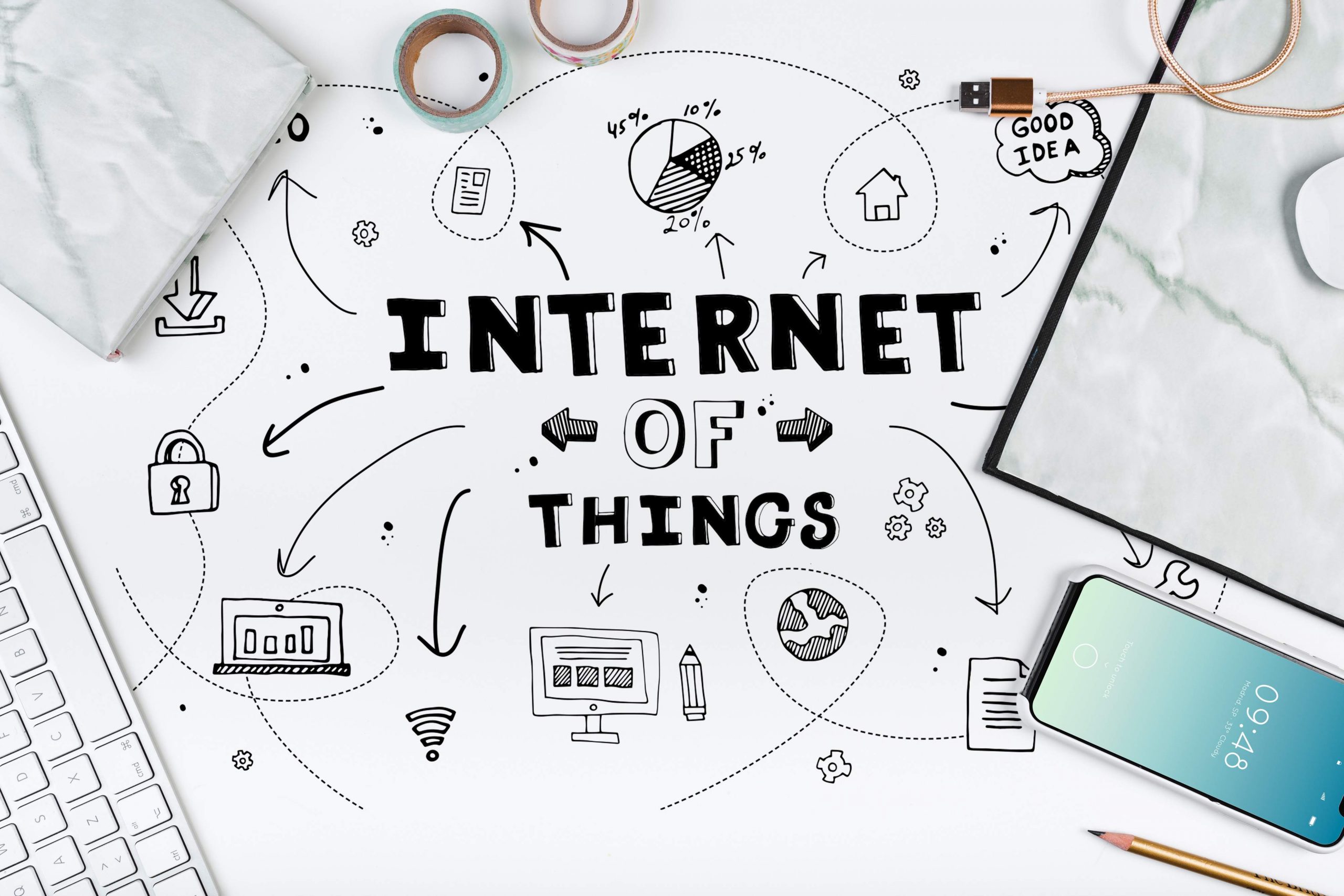Role of MQTT Protocol in IoT Messaging
-
February 17, 2022
-
6 min read

What is an MQTT Broker?
The usage of IoT devices across the business landscape is increasing with leaps and bounds. Businesses are looking forward to setting up a scalable and budget-friendly network for numerous devices used in their network.
This blog will introduce you to MQTT protocol in IoT.
Message Queuing Telemetry Transport or MQTT
Message Queuing Telemetry Transport (MQTT) is a messaging protocol for extremely high-latency IoT devices and low-bandwidth networks. It serves as the perfect protocol for communication between machines.
MQTT is operated through a central broker and works on the subscriber principle. There is no direct connection between the sender and receiver. The data sources transmit their data through a publishing mechanism. All individuals who have expressed an interest in specific messages (indicated by the topic) receive the data since they have enrolled as subscribers.
In the realm of IoT, MQTT is used for establishing connections to cloud environments all through the way.
Explore the role of MQTT in IoT messaging and the way it can revamp the communication between machines.
What is an MQTT broker?
The MQTT broker functions as the core element in any Publish/Subscribe protocol. Its role varies depending on the specific implementation. However, it typically manages numerous concurrently connected MQTT clients. This broker assumes several critical responsibilities. This includes receiving, filtering, and distributing messages to subscribers. It also maintains session data for persistent clients, encompassing subscriptions and missed messages. Authentication and authorization of clients are additional tasks handled by the broker. These can usually be customized to suit specific requirements and seamlessly integrate with backend systems.
Integration is crucial, as brokers are often exposed on the Internet. They serve multiple clients and relay messages to downstream analysis and processing systems. So, the broker serves as the central hub for routing messages. It facilitates scalability, seamless integration, monitoring capabilities, and reliability. Notable MQTT brokers in the industry include HiveMQ MQTT Broker and EMQX. Cloud providers like Microsoft and Amazon offer their MQTT brokers through Azure IoT Hub and AWS IoT Core.
What is MQTT Payload?
An MQTT payload refers to the actual data or message being transmitted over the MQTT (Message Queuing Telemetry Transport) protocol. It contains the information, commands, or content intended to be shared between MQTT clients. It is the essential content of the message exchanged within the MQTT system.
What is an MQTT client and how does it work?
Any equipment or software linked to the broker in any manner, including the OPC Router, are categorized as MQTT clients. The following points explain how the MQTT client works.
- An MQTT client is a device or software application
- It connects to an MQTT broker for communication
- Clients can publish messages on specific topics
- The broker routes messages to subscribed clients based on topics
- MQTT operates on a publish-subscribe model
- It’s a lightweight and efficient protocol, ideal for IoT and real-time messaging
- Clients can both publish (send) and subscribe (receive) messages
- MQTT clients use topics to categorize and filter messages
- This enables seamless data exchange between various devices and applications
- MQTT is widely used for its simplicity and scalability in IoT and beyond
Messages can be transmitted using varying levels of Quality of Service (QoS):
- QOS 0: The client’s message is transmitted precisely once, irrespective of whether it has reached the broker. It is also called ‘at most once’.
- QOS 1: The client’s message is sent repeatedly until the broker acknowledges it with a confirmation receipt. It is also called ‘at least once’
- QOS 2: The client sends a single message while also verifying its delivery to the broker. It is also called ‘exactly once’.
An MQTT client possesses a “Last Will” feature. It works when the connection to the broker is unexpectedly terminated, and transmits a final message. This informs the broker of the connection error. And allows it to relay this information to the user.
When should you use MQTT?
MQ Telemetry Transport (MQTT) is suitable for scenarios requiring efficient, lightweight, and real-time communication. This includes IoT applications, where low bandwidth and minimal overhead are crucial. However, it may not be the best choice for situations demanding high security, complex routing, or guaranteed message delivery. Use MQTT when simplicity and speed matter but opt for other protocols when advanced features or stringent reliability are needed.
What is MQTT in IoT used for?
Some examples showing the use of MQTT in IoT are mentioned below.
- Home Automation: To manage home devices when connected to mobile phones, IoT dashboards leverage MQTT
- Logistics: MQTT IoT hubs like Airtel IoT help in keeping track of freight vehicles. It gives real-time alerts for their safety and movement.
- Automotive: In this sector, MQTT IoT projects enable vehicle monitoring and vehicle theft prevention. And, remote maintenance of vehicles.
- Energy: IoT MQTT panels help build a more efficient grid and optimize the usage of power by consumers.
How to get started easily with MQTT?
To begin with MQTT (Message Queuing Telemetry Transport), follow these steps:
- Choose a MQTT broker, like Mosquitto or HiveMQ.
- Set up your MQTT client (e.g., Python’s paho-mqtt library).
- Connect to the broker.
- Subscribe to topics to receive messages.
- Publish messages on topics of interest.
- Start building your IoT or messaging applications.
Simple MQTT communication in practice
This excellent IoT messaging protocol is suitable for low-bandwidth, high-latency networks. It is great for machine-to-machine communication.
The most crucial benefit of MQTT lies in offloading the internal network. This is done while maintaining connectivity with numerous diverse systems. Specialized tools like OPC Router enable data sharing with systems like SAP, OPC UA, SQL, or REST. Even data from non-MQTT sources can be transmitted to other systems as a Publisher. So, it enhances internal communication and frees up bandwidth.
Leverage the power of MQTT with Airtel
Did you know that MQTT, in its initial version, helped oil pipeline sensors interact with satellites?
Over the last two decades, MQTT has become a go-to messaging protocol specifically used by IoT devices. MQTT in IoT is linking countless devices across various industries. It is lightweight, cost-efficient, fast, and scalable.
To overcome security issues, businesses can collaborate with a good cellular partner like Airtel to leverage the power of MQTT without any hassle.
 Share
Share












